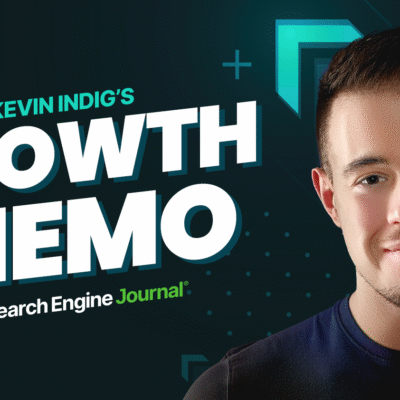With all the technology changes coming in the next five years, what should organizations invest in first? The innovations keep coming and so do the 3 a.m. night sweats for decision makers.
“How will we catch up when technology seems to change overnight, nearly every night?”
It’s a surprisingly common worry. As much as almost every organization thinks their competitors are way ahead of them in the AI race, for the most part, they probably aren’t.
Changes are myriad and coming at everyone fast – AI, NLP, ML, LLMs and, the talk of every boardroom, generative AI – threatening to split the business world into the haves and have-nots nots in fairly short order. To a letter, new technologies are as game-changing for the haves as they are frightening for the have-nots.
Another way to approach all of this change is to focus instead on what will remain the same. And if I could make a bet, the one thing that will NOT change in 5 years is the importance of data quality!
Every organization should invest in data quality to still be relevant in five years.
For as long as I can remember, no matter the technological innovation — including Hadoop, the cloud and GenAI — we have always emphasized the importance of data quality.
With large language models zooming into focus, having clean, high-quality data is going to become even more important. If we want to integrate these gigantic artificial “brains” to augment our business processes, we’ll have to feed them with accurate data. Even minor data flaws can create inaccuracies or biases in the output. The old saying about garbage in, garbage out has never been more true.
Your first step in the data cleaning process?
Take a deep breath. Cleaning your data is not a push-button or one-day process, but an ongoing part of data governance. And unless you’re an experienced data scientist or analyst yourself, you’ll need a team of data scientists, analysts and others – along with the right systems and software – to go through old code line by line and create processes to keep new data in line.
Data cleaning isn’t cheap. But it costs less than getting left behind.
Considering the potentially dire consequences of basing your organization’s future on faulty data, it’s probably best to think of clean data as an investment in your future existence.
The business world runs on data, as do governments, non-profits, not-for-profits and practically any other type of organization. In the era of GenAI, data is going to be probably the most important corporate asset in the future.
But even more important than the dire consequences of dirty data are the infinite possibilities of being at the forefront of today’s technologies and what’s to come.
Let’s get started
Here’s a short blueprint for effectively investing in data quality:
- Establish data governance policies, which means implementing policies that define how data is collected, stored, processed and maintained.
- Enhance data integration and consistency using data and AI platforms.
- Use tools that provide AI assistance for data cleaning and preprocessing, prompt cataloging and large language model (LLM) orchestration and governance.
- Ensure diverse and balanced data sets when training or fine-tuning models.
- If you have challenges with data availability or data privacy, generate synthetic data instead.
- Incorporate human-in-the-loop quality control to ensure accuracy.
- Implement continuous monitoring systems to check data quality in real-time and alert stakeholders to potential issues.
None of us know for sure what’s coming. But it’s time to get started preparing for it.
Futurists don’t spend a lot of time obsessing over 20th-century ideas like flying cars or domed climate-control cities.
Their biggest obsessions today include nanorobots in our bloodstream healing diseases from within, neurotechnologies that help us communicate and download skills from anyone in the world, and even a virtual reality technology that will allow us to communicate with dead relatives.
The link between all three? They won’t happen without clean, reliable data. No matter what you’re planning for the future, you have to get the data right today to keep the world moving tomorrow.
The more things change…





